

Modern living thrives on personalization, and today’s consumer electronics have evolved to fit seamlessly into individual lifestyles. From smart devices that automate daily routines to gadgets that support entertainment and productivity, the range of electronics available is wider and more adaptable than ever. Choosing products that work with your unique habits and environments means you don’t just keep up with technology—you make it work for you.
Consumers are no longer satisfied with one-size-fits-all devices. Instead, they look for technology that complements their habits, enhances efficiency, and adds enjoyment to their daily experiences. This means prioritizing devices with features that match preferences, whether it's portability for on-the-go convenience, smart integration for interconnected homes, or high-quality sound and visuals for immersive experiences.
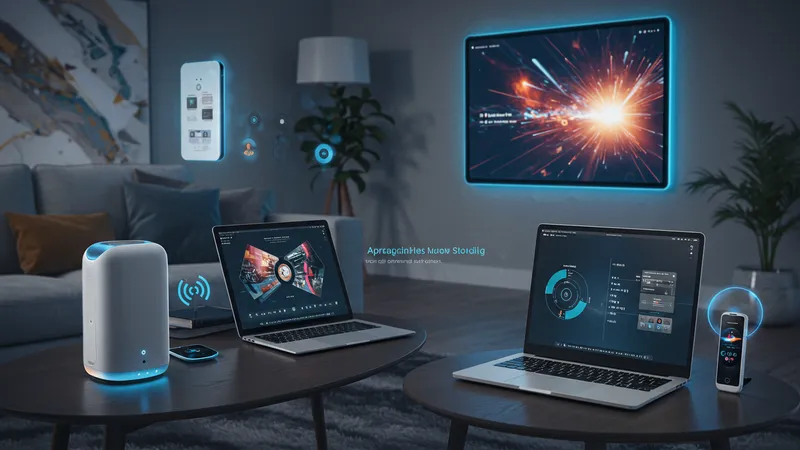
The demand for versatile devices like the Apple iPad Air highlights the rising need for multipurpose electronics. Lightweight, portable, and powerful, tablets like these double as digital notebooks, streaming platforms, and even creative studios. Their adaptability makes them a favorite for users whose routines span work, travel, and recreation.
Wearable technology, embodied by products such as the Samsung Galaxy Watch5, reflects a growing interest in health monitoring and seamless connectivity. These devices let users track their activity, receive notifications, and even manage smart home controls—all from their wrist. This integration offers convenience and improved quality of life in a discreet, customizable package.
Smart speakers like the Sonos One bring both automation and entertainment into the home. Their ability to respond to voice commands, stream music, and control connected appliances empowers users to tailor their environment with simple, intuitive interactions. For those who value ambiance and efficiency, smart audio solutions deliver significant lifestyle upgrades.
Each of these products exemplifies how technology adapts to individual needs—whether you're organizing tasks, prioritizing wellness, or creating a personalized home environment. With an ever-expanding market, there’s a device suited to virtually every way of life, making personalization the new standard in electronics.
The deeper details reveal even more valuable insights ahead, as we explore how different features, integrations, and design philosophies further tailor electronics to diverse lifestyles.
When searching for devices that fit unique routines, feature integration often becomes a decisive factor. Companies increasingly design products that connect and collaborate with one another, resulting in streamlined digital ecosystems. For instance, owning both an Apple iPad Air and a Samsung Galaxy Watch5 means enjoying functionalities like synchronized calendars, health data sharing, and easy content access between devices. Such collaborative features can dramatically simplify daily activities and maximize the value of each product.
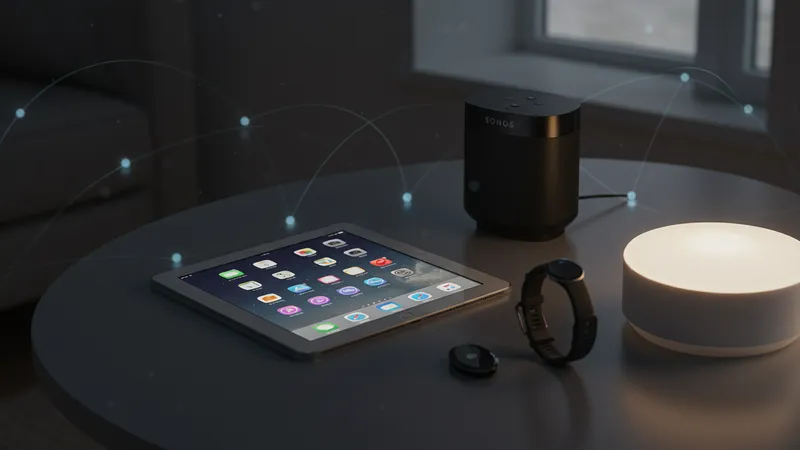
Smart speakers, such as the Sonos One, demonstrate how integration can extend to home environments. They function as central control points for lighting, security, and media, responding to commands from various platforms. This cross-device operability not only adds convenience but also supports accessibility, making technology more inclusive for different users, regardless of their technical backgrounds.
For mobile lifestyles, seamless integration means staying productive and entertained on the go. The portability of the iPad Air, combined with cloud-based services and wearable notifications, ensures users remain connected and in command, even when away from home. These integrated solutions keep work, family, and entertainment within easy reach, offering flexibility that static electronics simply can't match.
Integration is not just about convenience—it also drives security and data continuity. Features like two-factor authentication between smart devices or ecosystem-wide privacy settings protect users' information while providing uninterrupted access to essential tools. As digital lives become richer and more complex, integrated consumer electronics have become a cornerstone of modern living.
Personalization capabilities in gadgets can dramatically influence how well electronics fit into daily life. Features such as customizable interfaces, adaptive notifications, and AI-driven suggestions cater to different users’ routines and preferences. The Samsung Galaxy Watch5, for example, allows for personalized watch faces, health metrics displays, and notification filtering—providing a tailored experience at a glance.
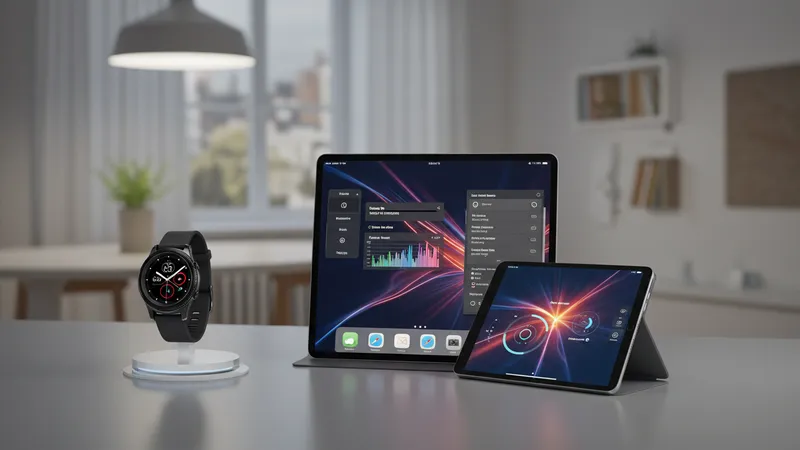
Similarly, the Apple iPad Air offers settings for parental controls, display adjustments, and multitasking modes. Users can create custom workflows for reading, drawing, or video calling, and multiple family members can use distinct profiles, making the device versatile in shared households. These features help each person maximize functionality in ways that align directly with their lifestyle choices.
Smart home devices like the Sonos One Smart Speaker also embrace personalization by learning listening preferences and integrating with specific smart home routines. They can automate morning playlists or adjust room lighting depending on user schedules, translating technology into a uniquely supportive companion throughout the day.
As manufacturers increase the options for personalization, consumers are empowered to transform generic devices into expressions of their personalities and needs. This trend contributes not only to satisfaction and engagement but also to longer-lasting utility, as electronics genuinely become indispensable daily partners.
Portability is a primary consideration for many seeking technology to fit their lifestyle. Devices such as the Apple iPad Air exemplify this trend by offering high performance in a slim, lightweight form. Because it runs full-featured productivity apps and media tools while fitting into almost any bag, it appeals to those who need flexibility without sacrificing capability.
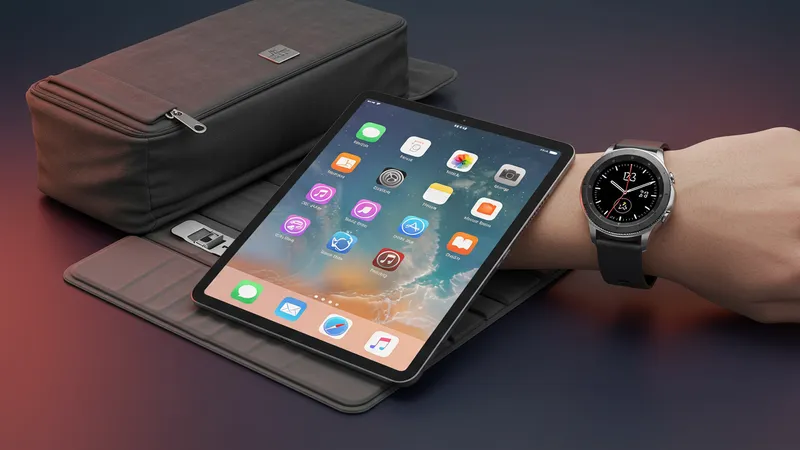
Wearable electronics, notably the Samsung Galaxy Watch5, elevate convenience further. The ability to monitor health, send messages, and even access navigation from your wrist makes wearables invaluable for those with active or mobile routines. Unlike larger gadgets, they are always within reach, supporting spontaneous productivity and connectivity without added bulk.
Smart speakers like the Sonos One favor convenience in a different sense—by reducing friction in home management. Voice commands can instantly play music, update reminders, or control smart thermostats. This hands-free functionality streamlines repetitive tasks, emphasizing how convenience extends beyond mobility and into everyday efficiency inside the home.
Modern electronics not only make life more portable but also remove obstacles to productivity and enjoyment. By comparing these examples, it’s clear that “fitting your lifestyle” means more than shrinking the size of devices; it’s about empowering users to control their environment and schedules at every turn with minimal effort.
Smart connectivity has become essential in integrating electronics into daily routines. Devices now communicate seamlessly—your smartwatch receives fitness data synchronized from your tablet, or your smart speaker can cue a playlist as you walk into your home. This interconnectedness is the backbone that allows technology to transition from isolated tools to fully supportive companions.
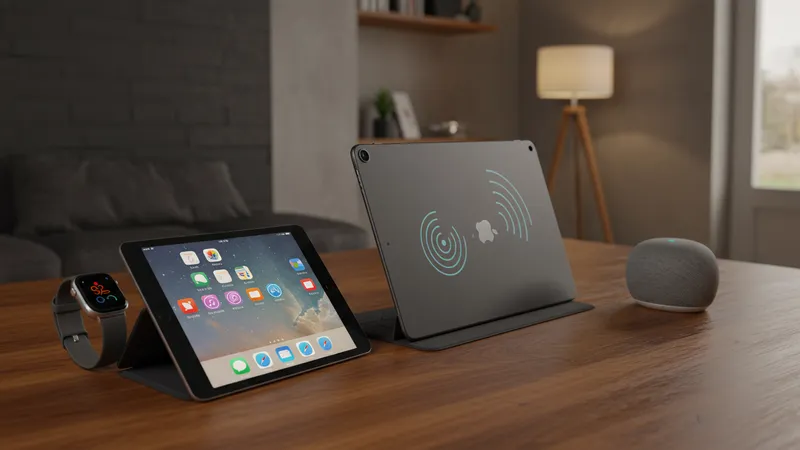
The Apple iPad Air benefits from features such as Handoff and Sidecar, allowing users to start tasks on one device and finish on another, or even use the tablet as a secondary display. This level of connectivity conserves time and streamlines workflows, reinforcing the idea that the right electronics adapt flexibly to user demands.
On the wearable side, the Samsung Galaxy Watch5 not only links with mobile devices for notifications and controls but often serves as a fitness hub, aggregating data from multiple sensors and apps. This always-on connection keeps users informed, motivated, and ready to act on health insights in real time.
Connected smart speakers like Sonos One unify home entertainment and automation. They can respond to voice commands from multiple family members, link with other audio devices, and update themselves with new features over the network. With advancements in smart connectivity, electronics now anticipate users’ needs and adapt fluidly, making personalized lifestyles more accessible than ever before.